Article
Basel's Delights for Doctors: The Anatomical Museum
Author(s):
Basel's Anatomical Museum will capture the imagination of any physician, adding an extra reason to visit this charming Central European city.
The Anatomical Museum on Pestalozzistrasse 20 in Basel,Switzerland was founded in 1824 by Professor Carl Gustav Jung. Yes, that Carl Jung. However the medical school had famous members on its staff long before the 1820s. The school itself was founded in 1460, long ago — although the oldest university in the world is said to be Bologna, Italy, which was founded in 1088!
When you find your way to the oldest university in Switzerland you face a massive front entrance that suggests whose work you may find inside: the famous anatomist of the 1500s, Andreas Vesalius.
Vesalius wrote the most useful anatomy text of his era and many eras to follow because it was based on human dissection not like that of Galen, whose dissections were on the Barbary Apes of Gibraltar. Another famous Basel anatomist was the one who became professor of anatomy and physiology in 1857, Wilhelm His, Sr. (1831-1904). He invented the microtome, developed insights in embryology and established methods of reconstructing a face from a historic figure’s skull. He did that with the skull of musician Johann Sebastian Bach.
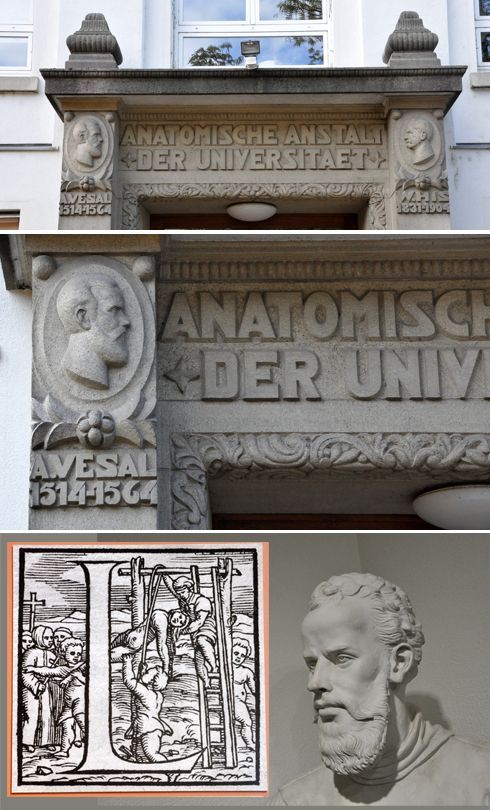
The Basel University entrance. Bust of Vesalius and a representation of his cutting down the skeleton of an executed criminal, an illegal action that could have gotten him a similar punishment himself, execution.
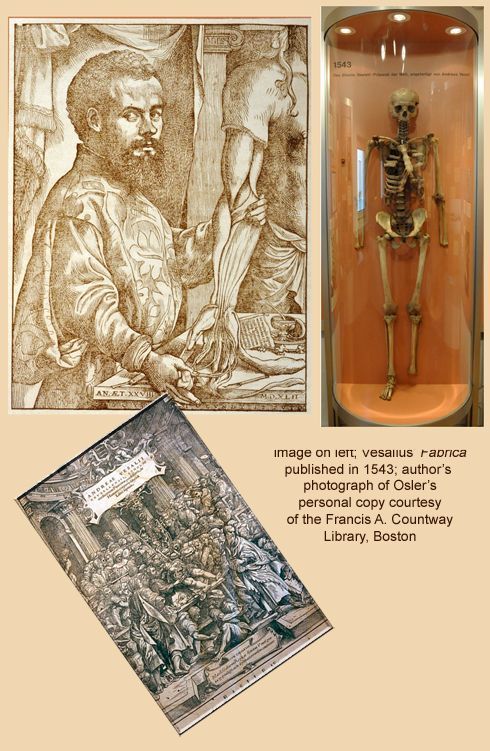
Image of Vesalius taken from his textbook. I had long thought the skeleton was the body Vesalius took down from the gallows outside Louvain in Belgium where he first studied anatomy. But it is well documented this is the world’s oldest surviving anatomical specimen prepared by Vesalius in Basel in 1543. We have a larger image next image.

Another view the entrance; the artistic door has pulls in the shape of the medieval snakes. The celebrated skeleton again, showing close-ups of how the neck of the specimen had been damaged by hanging. Vesalius as a young man.

The skull on exhibit was not as I first thought the skull of Carl Gustav Jung, the famous psychologist and psychiatrist himself, but the skull he owned as a student for his studies! Perhaps we can take a moment of your time to talk about this legendary but controversial physician who put so large a mark on his field.
Frank McLynn wrote a fascinating book about Carl Gustav Jung that The New York Times has reviewed. It can’t have been an easy review to write; Jung’s collected works cover 20 volumes. He was born in 1875 and for five years was closely associated with Sigmund Freud then broke with him to found his own analytic psychology. McLynn had previously written 30 books including biographies of as widely different persons as Napoleon Bonaparte, Scottish author Robert Louis Stevenson, and British explorer Sir Francis Richard Burton. A prolific author, McLynn clearly feels he must be honest and calls Jung racist, anti-Semitic, and pro-Nazi with much of all this being the result of Jung’s hatred of Freud. The New York Times review more than the Los Angeles Times review really spells out the flawed human Jung who unfortunately made such an impact on psychiatry.
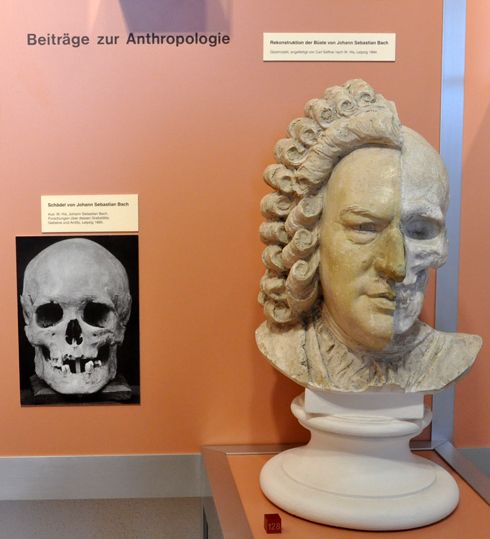
Facial reconstruction was first carried out in Leipzig on the skull of composer Johann Sebastian Bach by the Swiss anatomist, Wilhelm His, Sr. We wrote about this after we visited the Bach Haus in Leipzig.
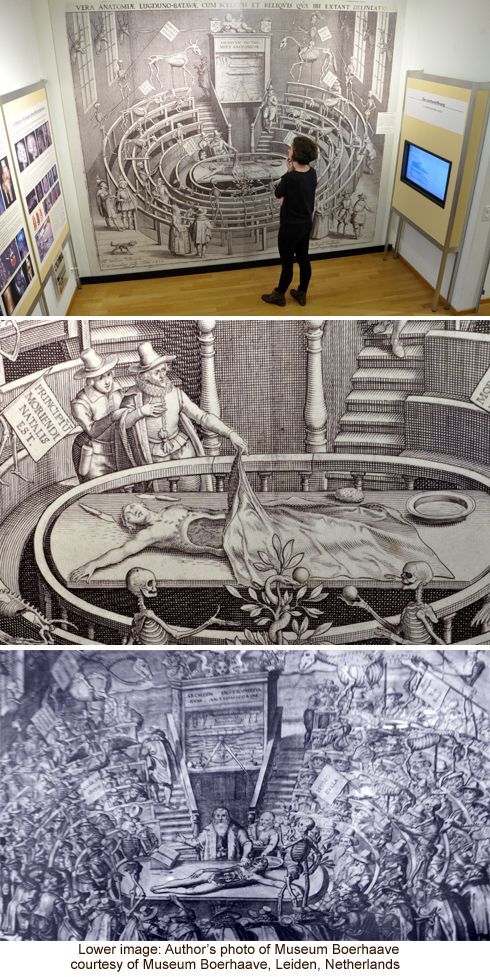
A tribute in Basel’s Anatomical Museum (founded in 1543) has been accorded the magnificent Boerhaave medieval museum that was created in Leiden, Netherlands in 1596. The Basel illustration of the Boerhaave dissection lecture hall shows Dutch anatomists dressed like our Founding Fathers (who were after all from Leiden) but the figures on display in Leiden half a century later looked decidedly different.
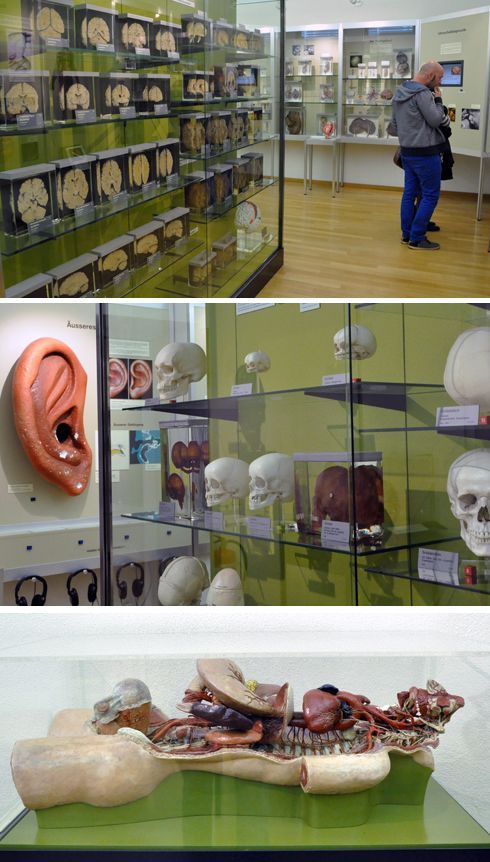
The specimens in the Basel Anatomical Museum ranged from plastic reproductions of the human body to dissected coronal sections of the brain.
I didn’t see any examples of normal pressure hydrocephalus in Basel’s celebrated historical institute that showed so much from Medicine’s long-past but that was not a surprise as Salomon Hakim did not identify the syndrome until 1957 — and as neurosurgery. 2010 Jul;(1):155-9 ; discussion 159 says — “Even after decades of international focus and thousands of publications on his disorder, Hakim’s story remains largely untold.”
Photography by the author.
The Andersons, who live in San Diego, are the resident travel and cruise columnists for Physician's Money Digest. Nancy is a former nursing educator, Eric a retired MD. The one-time president of the New Hampshire Academy of Family Physicians, Eric is the only physician in the Society of American Travel Writers. He has also written five books, the last called The Man Who Cried Orange: Stories from a Doctor's Life.




